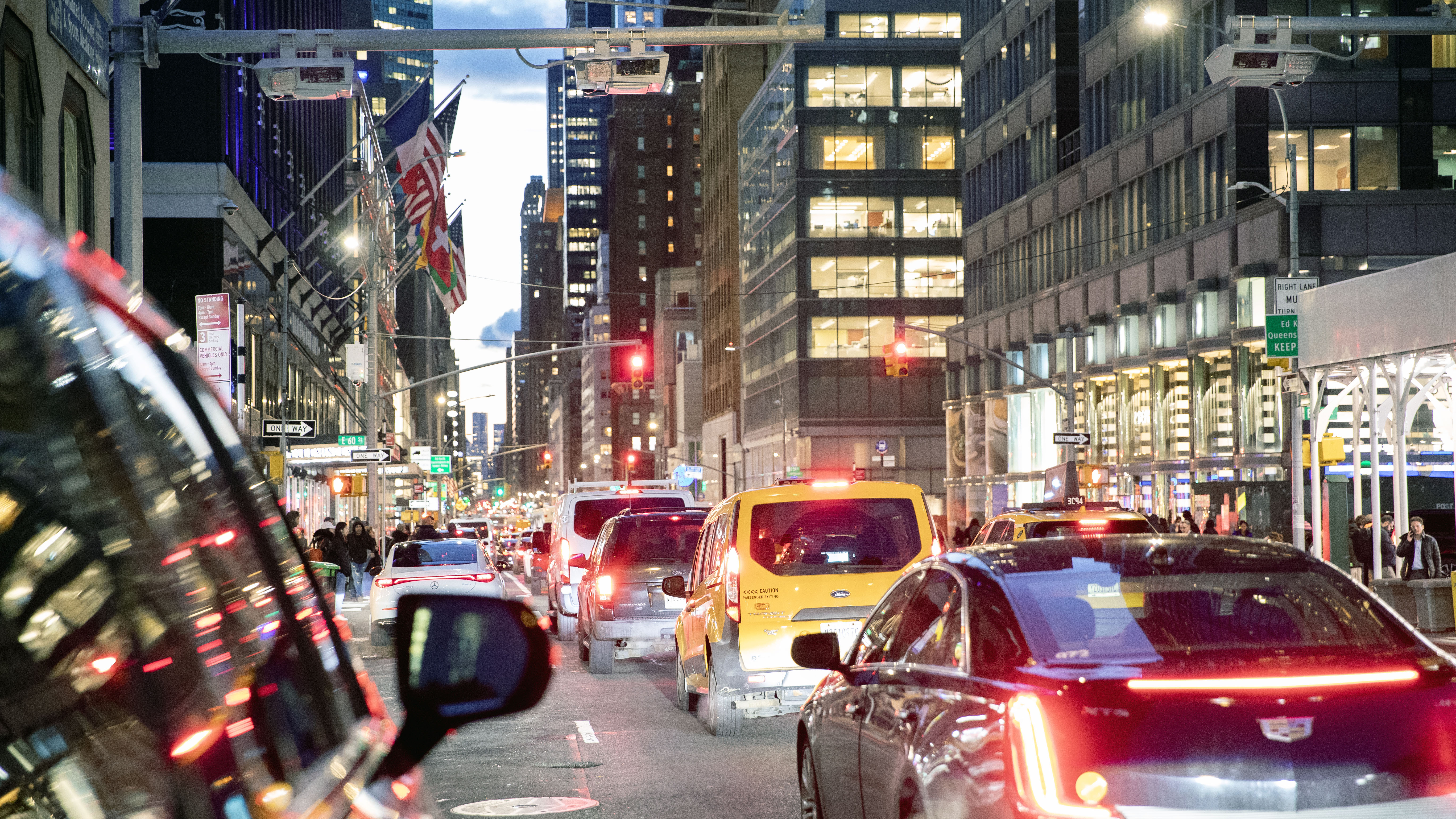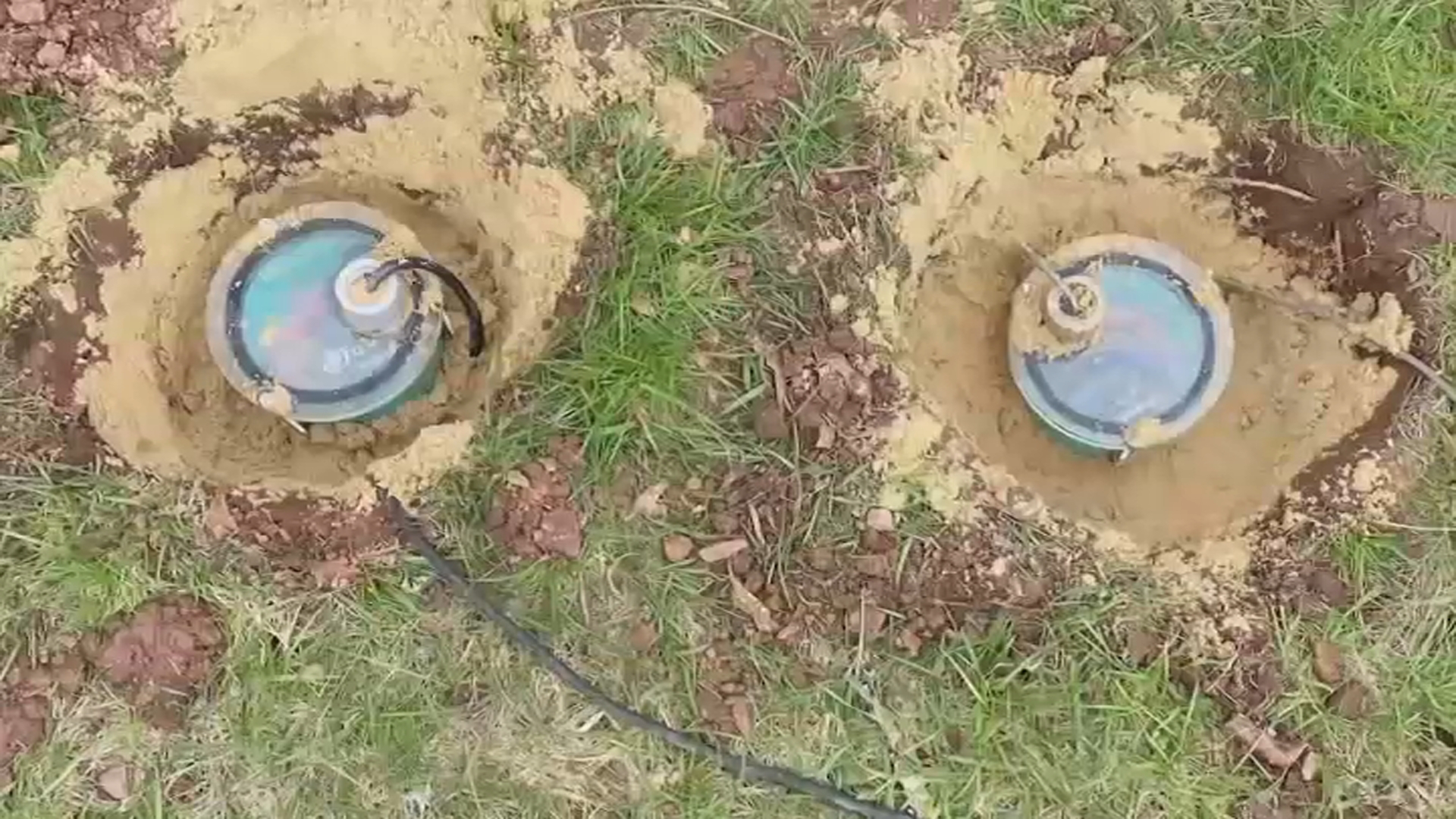The pair of recent Metro-North accidents that left one dead and dozens injured appear to be infrequent blemishes on what has been a relatively safe decade at the commuter railroad, federal data show.
Accidents on Metro-North lines steadily declined from 2003 to 2012, and no one has been killed in a derailment or collision since a 2002 crash between a train and car at a crossing in Bedford Hills, N.Y., according to records collected by the Federal Railroad Administration. Most deaths during that time were of “trespassers” struck after they’d stepped onto tracks.
But the latest mishaps have brought new attention to the safety of Metro-North’s system. The National Transportation Safety Board is investigating a May 17 rush-hour collision near Fairfield in which 60 people on two trains were hurt. The NTSB is also gathering information on the death of a Metro-North track worker who was hit by a train Tuesday in West Haven, Conn.
Metro-North spokeswoman Majorie Anders called the accidents “very unusual episodes.”
The numbers seem to back her up.
The long-term drop in accidents at Metro-North coincides with an uptick in train traffic, to more than 9 million total train miles a year. That means that the accident rate has fallen precipitously—from about 57 per million miles traveled in 2003 to fewer than 24 in 2012, according to FRA data.
Metro-North averages about four derailments a year and even less main-line track collisions. Before this week’s death, three of its workers had been killed on duty since 2003.
Local
“That’s not too shabby,” said Augustine Ubaldi, a railroad engineer and consultant for Robson Forensic. “I would say they have a good record."
Another encouraging sign, according to Ubaldi: accidents caused by human error have dropped from 12 in 2003 to 3 each in 2011 and 2012.
But some kind of human error may be to blame for the recent worker’s death, Ubaldi said.
Federal regulations require that when a worker is within four feet of a track, he or she be protected by a system of notifications and warnings that can include lookouts, warning dispatches to trains, trains blowing horns when they approach, taking tracks out of service, and restricting train operations until all workers are clear of the track.
With that system of protections, it is "highly unlikely" that a mechanical failure is to blame, Ubaldi said.
That means either the worker, a foreman with 27 years on the job, was not paying attention, or the protection system failed him, Ubaldi said.
A Metro-North employee told NBC Connecticut that she heard a whistle alerting people to get out of the way minutes before the train passed.
“Based on everything I know about what you’re supposed to do when you’re out there, someone screwed up,” Ubaldi said.
By comparison, the May 17 collision, in which a train derailed just as another train was approaching from the opposite direction, seemed “serendipitous,” Ubaldi said. Despite what may have caused the derailment, the consequences would have been much less if not timed so poorly.
Anders, the Metro-North spokeswoman, declined to comment on either incident. The NTSB has not made any conclusions about them.
While the collision and death were disastrous, Ubaldi stressed the bigger picture: accidents are relatively rare on Metro-North, and on commuter railroads in general. That is in large part thanks to advancements in technology and improvements in design that have revolutionized train safety.
“I’m not going to look at those accidents and say, ‘I’m not going to take those trains,’ because that’s not what the data is telling me,” Ubaldi said.



